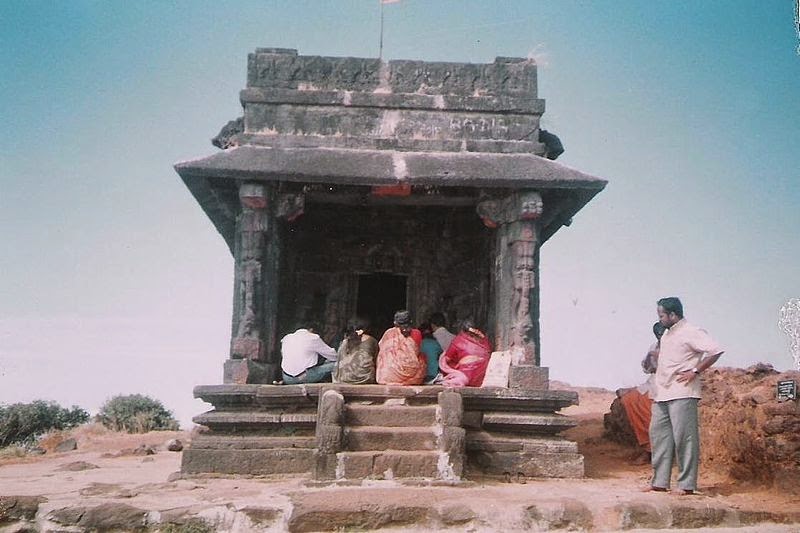Name : Chandra Choodeswarar Temple
Location : It is located 40kms from Bangalore 52 kms from Krishnagiri in National High ways NH-7
Names of Deities : 'Chandra Choodeswarar' means the Eshwara who wears the Moon (Chandra) as an ornament on his crest or tuft of hair on top of the head.
Shiva's consort Parvathi is worshiped here as Maragathambal. ‘Maragatham’ means green and ‘Ambal’ means mother. This is in reference to the green plants and trees (Photosynthesis), which provide sustenance to all living beings.
Description :
The exact history of the temple as to when it was consecrated is not clearly documented. Considering that the Hosur region is mentioned in ancient Hindu texts like the 'Bhadragiri Mahatmyam', a part of Brahmanda Purana, a shrine for Shiva is deemed to have existed here from ancient times.
The temple has grown during the time of the Cholas, Hoysala and Vijayanagara Emperors. The Chandra Choodeshwara Temple structure may have been built by the Hoysala king, Thirupuvanamalla Barvatharaja Anthiyazhvar, in the year 1260. The 13th-century inscription found during Chandra Choodeshwara temple patronage Perumal Temple in Hosur and Bangalore Shiva Temple inscriptions tell the details of donations to Chandra Choodeshwara temple. There are also inscriptions of Rajendra Chola in this ancient temple. The temple was renovated by Azhakiya Perumal Aathimoolam.
Daily 500-1000 Devotees are visiting this temple most of them from hosur, Bangalore, Krishnagri, and neibouring states like Karnataka, and Anthrapradesh. it is very famous temple like Mysore Samundeeswari temple. stone inscription is witnessed 11th century AD Chola period temple the Glory of Raja Raja cholan and Gulothunga cholan also found in this temple stone documents.
Festivals :
Chandra Choodeswarar temple car festivals is very famous festivals in city most of the people from hosur, mangaluru part of Karnataka are participated in this festivals every year in the month of Mar-April. Temple maintained by HR&CE, Garden, telescope house maintained by Municipal Corporation, Hosur.
Websites :












































